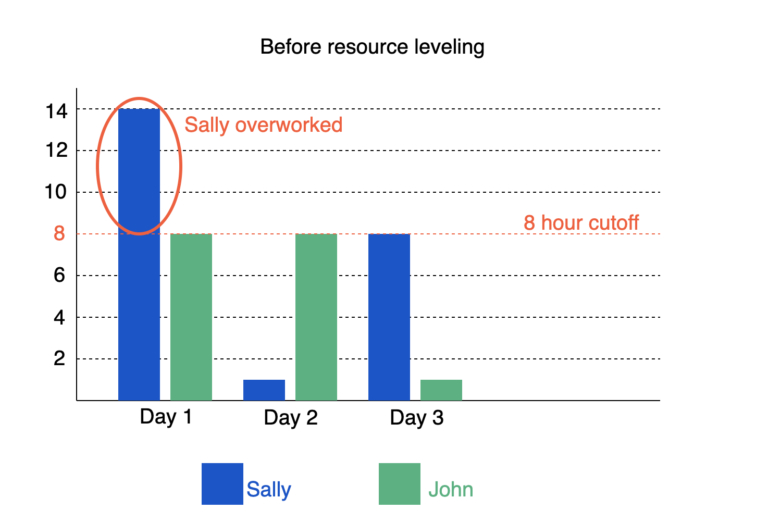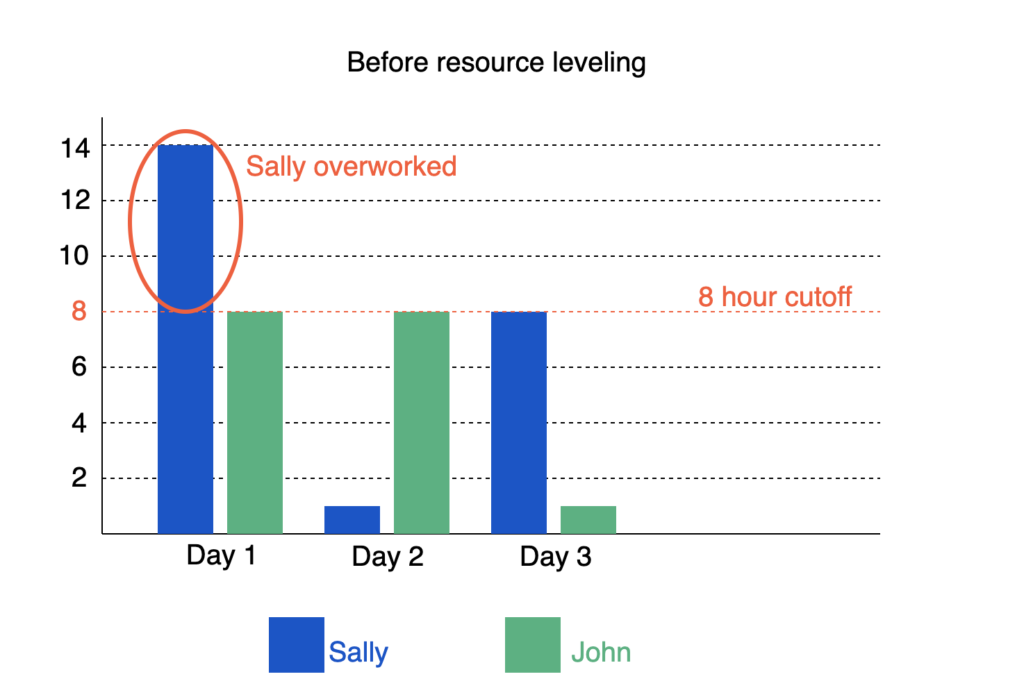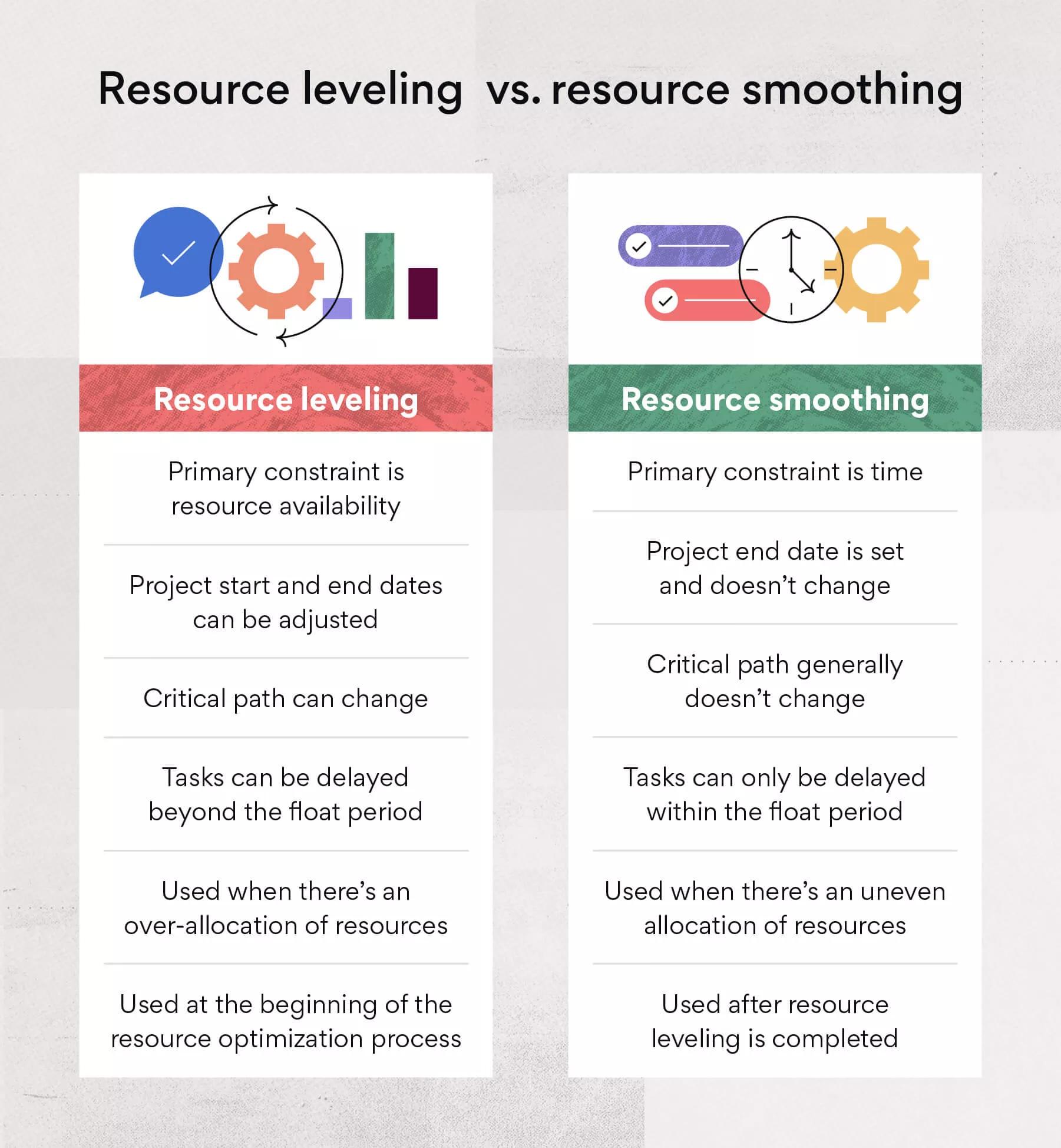
Understanding Project Resource Levelling
Understanding Project Resource Levelling
In order to be successful with project management, it is crucial to have a deep understanding of project resource levelling. This article aims to provide you with a comprehensive overview of this important concept. Whether you are a seasoned project manager or someone new to the field, learning about project resource levelling is essential for effectively allocating and managing resources. By the end of this article, you will have a clear understanding of what project resource levelling is and why it is so important in project management. So let’s dive in and explore this fascinating topic together!
Speak to MCTC today about our consultancy advice and training packages.

What is project resource levelling?
Project resource levelling is a critical aspect of project management that involves the proper allocation and balancing of resources throughout the course of a project. This process is designed to ensure that resources, such as personnel, equipment, and materials, are utilised optimally and efficiently to meet project objectives and deliverables. Resource levelling aims to minimise conflicts and constraints that may arise due to resource availability and prioritise tasks effectively to achieve project success.
Definition and importance of project resource levelling
Definition of project resource levelling
Project resource levelling refers to the systematic process of smoothing out resource allocation in a project to avoid over-utilisation or under-utilisation of resources. It involves analysing the resource requirements of different tasks and adjusting schedules, dependencies, and assignments to minimise conflicts and ensure a well-balanced workload for the project team.
Importance of project resource levelling
Project resource levelling plays a crucial role in ensuring the smooth execution of projects. It helps maximise resource utilisation, enhance project stability, and improve overall project efficiency. By strategically managing resources, project managers can minimise conflicts, avoid bottlenecks, and meet project deadlines more effectively. Resource levelling also helps reduce the risk of burnout among team members by ensuring a manageable workload, leading to improved team morale and productivity.
Common challenges in project resource levelling
Lack of visibility
One of the common challenges in project resource levelling is the lack of visibility into the resource availability and utilisation across the project. Without a clear understanding of the current and future resource allocations, it becomes difficult to identify potential conflicts and bottlenecks. This can result in task delays, compromised quality, and increased project risks.
Misalignment of resources
Another challenge is the misalignment of resources, where the available resources may not possess the required skill sets or expertise to perform the assigned tasks. Inadequate resource allocation can lead to delays, rework, and compromised project outcomes. Ensuring that the right resources are assigned to the right tasks is essential for project success.
Changing project priorities
Project priorities can change throughout the course of a project, leading to shifting resource requirements. When project priorities are not effectively communicated or managed, resource levelling becomes challenging. It is crucial to have a flexible approach and the ability to reallocate resources accordingly to address changing project needs and priorities.
Benefits of project resource levelling
Optimal resource utilisation
Resource levelling enables optimal utilisation of resources by ensuring a balanced workload for the project team. By avoiding over allocation and under allocation of resources, project managers can optimise productivity and minimise the risk of burnout. This leads to improved efficiency and effectiveness in project execution.
Improved project stability
Resource levelling plays a significant role in improving project stability. By proactively identifying and resolving resource conflicts and constraints, project managers can mitigate risks and minimise project delays. This fosters a more stable project environment, enabling smoother execution and greater predictability in meeting project deadlines.
Enhanced project efficiency
Effective resource levelling enhances project efficiency by optimising the allocation of resources. It ensures that resources are utilised in the most effective and efficient manner, minimising idle time, reducing rework, and streamlining project workflows. This leads to cost savings, improved productivity, and increased customer satisfaction.
Methods and techniques for project resource levelling
Resource levelling algorithm
A commonly used method for project resource levelling is the resource levelling algorithm. This algorithm determines the most efficient allocation of resources by considering task dependencies, resource availability, and project constraints. It adjusts task schedules and resource assignments to minimise conflicts and balance the workload. Project management software often incorporates resource levelling algorithms to automate the process and facilitate efficient resource allocation.
Critical path analysis
Critical path analysis is another technique that can be utilised for resource levelling. This method identifies the critical path, which is the sequence of activities that determines the project’s shortest duration. By focusing on the critical path activities, project managers can allocate resources effectively to ensure the timely completion of critical tasks and avoid delays.
Resource allocation tools
Project management tools, such as resource allocation software or resource planning software, are invaluable in project resource levelling. These tools provide a centralised platform for resource tracking, allocation, and scheduling. They offer features such as resource utilisation reports, conflict resolution, and real-time visibility into resource availability. With the aid of these tools, project managers can effectively plan and manage resources, facilitating efficient resource levelling.
Considerations for effective project resource levelling
Understanding resource constraints
To effectively level resources, project managers need to have a comprehensive understanding of the constraints that may impact resource availability. These constraints can include personnel availability, budget limitations, equipment limitations, and external dependencies. By taking these constraints into account, project managers can develop realistic resource levelling plans that consider all relevant factors.
Balancing workload
Balancing the workload among team members is crucial for effective resource levelling. By distributing tasks evenly and ensuring that each team member has a manageable workload, project managers can avoid overloading specific individuals and minimise the risk of burnout. This requires a thorough understanding of team members’ skills, availability, and preferences.
Communication and collaboration
Effective communication and collaboration are key to successful resource levelling. Project managers must clearly communicate resource allocation plans, changes, and expectations to team members. Regular communication channels and project management tools can facilitate collaboration and provide a platform for feedback, updates, and problem-solving. Engaging the project team in resource levelling decisions fosters ownership, commitment, and a shared understanding of project priorities.

Difference between project resource levelling and resource smoothing
Definition of resource smoothing
While resource levelling focuses on balancing resources and minimising conflicts, resource smoothing aims to minimise variations in resource utilisation over time. Resource smoothing allows for flexible resource allocation, ensuring that resource demand fluctuates smoothly without abrupt changes. This technique is particularly useful in situations where resource availability is limited or constrained.
Key distinctions between levelling and smoothing
The primary distinction between resource levelling and resource smoothing lies in the approach to resource allocation. Resource levelling emphasises achieving a balanced workload and minimising conflicts by adjusting task schedules and assignments. It aims to maintain a steady resource utilisation rate throughout the project. On the other hand, resource smoothing focuses on achieving a more gradual and consistent resource utilisation pattern, accommodating fluctuations in resource demand while still meeting project objectives.
Examples of project resource levelling
Scenario 1: Overloaded team
In this scenario, a project team is overwhelmed with multiple tasks and projects. Some team members are over allocated while others have idle time. To level resources, the project manager identifies the critical tasks and their dependencies. Through resource levelling, the manager balances the workload by reassigning tasks, adjusting schedules, and collaborating with stakeholders to manage project priorities effectively.
Scenario 2: Resource conflicts
In this scenario, two team members with overlapping skill sets are assigned to different tasks that require their expertise simultaneously. This creates a resource conflict that affects both project timelines. To resolve the conflict, the project manager utilises resource levelling techniques to adjust task schedules, prioritise tasks, or negotiate with stakeholders to allocate additional resources. The aim is to eliminate or minimise resource conflicts and ensure smooth project progression.
Scenario 3: Shifting priorities
In this scenario, the project’s priorities change due to unforeseen circumstances or new business requirements. Consequently, resource requirements need to be adjusted to align with the updated priorities. The project manager employs resource levelling techniques to reallocate resources, prioritise tasks, and communicate changes effectively. By adapting the resource allocation to new priorities, the project can maintain its course and meet the changed objectives.

Best practices for successful project resource levelling
Proactive planning
Effective resource levelling requires proactive planning right from the initiation of the project. Project managers should thoroughly analyse the project requirements, identify potential resource constraints, and anticipate future demands. By integrating resource levelling into the project planning phase, managers can develop strategies to mitigate challenges and allocate resources effectively.
Regular monitoring and adjustment
Project resource levelling is an ongoing process that requires continuous monitoring and adjustment throughout the project life cycle. Project managers should regularly evaluate resource utilisation, identify conflicts or constraints, and make proactive adjustments as needed. By monitoring resource allocation and workload distribution, managers can prevent bottlenecks, coordinate resource-sharing, and maintain project progress.
Flexibility and adaptability
Flexibility and adaptability are essential in successful resource levelling. Project managers must be open to adjustments, changes, and unexpected events. By anticipating potential disruptions and having contingency plans in place, managers can respond effectively to changes in resource requirements and project priorities. Maintaining a nimble approach allows for efficient resource allocation and enables successful project delivery.
Conclusion
Project resource levelling is an indispensable aspect of project management that ensures optimal resource utilisation, improved project stability, and enhanced project efficiency. By understanding and addressing common challenges, applying appropriate methods and techniques, and considering key considerations, project managers can effectively level resources. By doing so, they lay the groundwork for successful project execution, meet project objectives, and achieve desired outcomes. With proactive planning, regular monitoring, and an adaptable approach, project managers can navigate resource constraints and optimise resource allocation, leading to project success and customer satisfaction.

